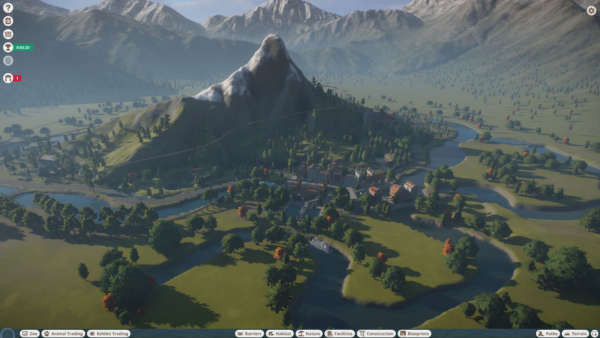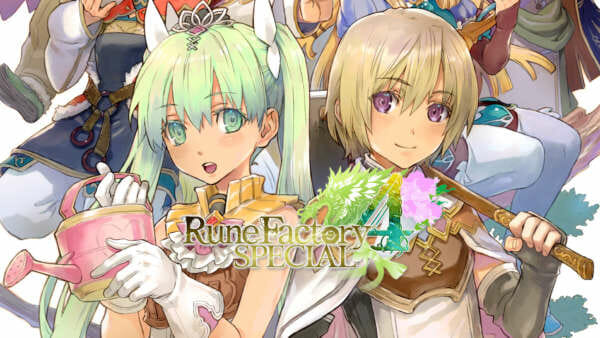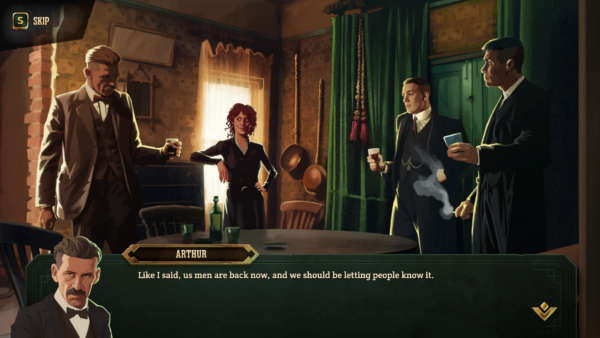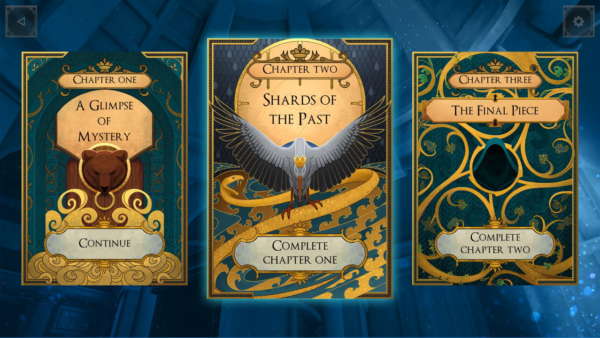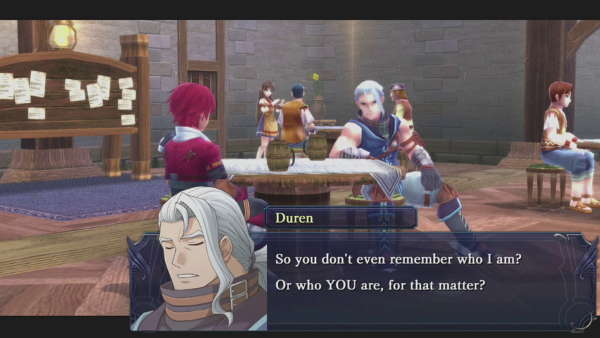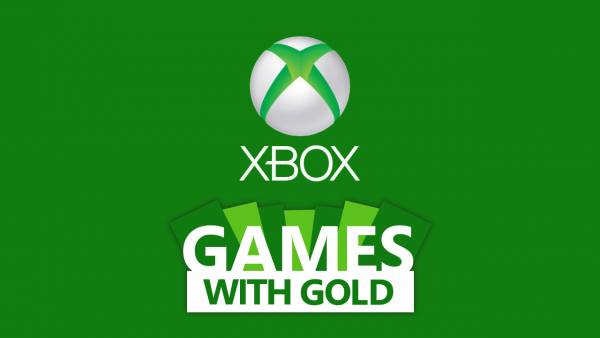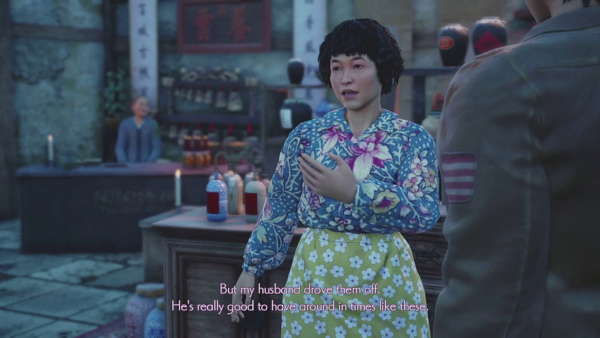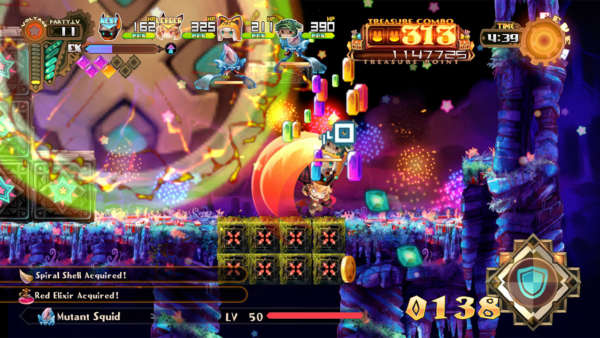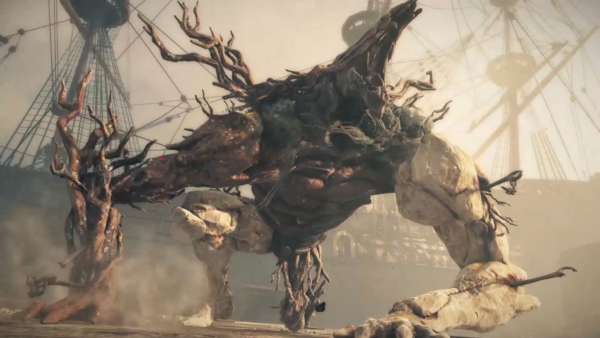Many people say that video games nowadays lack a certain level of challenge. Gamers comment on a title’s testing aspects more than ever before and need to feel the euphoria of overcoming a difficult opposition. No game of the current generation can give you nearly as much of this sensation as the Souls series. With battles that will make you deadly focused, bosses that will take you to new levels and locations that will throw everything at you; these are the games that daring gamers crave. Recently we were graced with the arrival of the newest addition in the series, Dark Souls II. Does it level up to surpass expectations or does it lose every soul on the way to the top? Let us praise the sun and find out.
The game, according to fan speculation, takes place between the events of Demon’s Souls and Dark Souls and takes you, a hollowing undead, on a quest to end the curse of the dark sign. This sign causes the inhabitants of the world to never die, but slowly hollow out into mindless husks that thirst for souls. The story itself is very subtle and not much information is given in the form of cutscenes at all throughout the game. Instead, the narrative of the world comes from the characters you meet and the items you obtain. Everything has a little taste of lore to go alongside it, rewarding exploration with information. This may turn off some players that want a story they can really get behind, but after you start reading the item lore and talking to the in game NPCs you will start to get addicted.

Combat this time around has been changed slightly to make the experience tougher, especially to those who are already fans of the series. Now there are barely any invulnerability frames allocated to special moves such as ripostes and back stabs. This now makes it so that your character is much more vulnerable than ever before, even if you have a shield and tough armour to hide behind. Another change involves the dodge roll, a staple in the series that can help in nearly every situation. In the original Dark Souls, rolls will give you invincibility frames on certain attacks when well timed. However this time around the dodge needs to be much more accurate as adjusted hit boxes can cause you to take damage whilst avoiding attacks. A third alteration in the game involves jumping which is no longer tough to pull off. Instead of double tapping the sprint button to leap, you can simply click in the left analogue stick. This does take some getting used to but it feels a lot better than in the original Dark Souls.
Along with these changes comes the return of a mechanic from Demon’s Souls. You can no longer level up whenever you hit a bonfire. Instead you are required to go back to Mejula, the central hub of the world, in order to spend those precious souls on stats. This requires the Emerald Herald, which pays homage to the Maiden in Black, which can level you up and also upgrade your Estus Flask with shards you find. This brings us to another key change to the game. No longer will players begin the game with five Estus Flasks, the precious healing item of Dark Souls. Instead you start off with just one. Healing is now split amongst a lot of different items, especially with Life Gems, health items that restore life overtime and can be used whilst walking.

So with these changes being brought in, how does the game feel? The title stands as a true addition to the series giving players just as much if not more of a challenge than any of the other Souls games. Locations are built with great design both for aesthetics and for enemy locations. There is always a straightforward way to battle foes but there are some chances that you can flank the enemies or dodge them completely. Also the design caters to ambushes and sneak attacks a lot more with enemies that you may not be able to see or notice until you are deep into a narrow corridor.
Does this mean that the game is perfect? Not necessarily. There are flaws with Dark Souls II that can be seen in different areas. First is the graphical change from the original title. Many people have criticised that the downgrade is a burden to the game and makes it look worse than its predecessors. I have only seen a few occurrences where the game didn’t look as great, but these were only small places or areas that just stood out if you really looked into it. Another fault that the game has been criticised for is the direction you are supposed to go in. The game gives you no direct indication of where to go next on your journey which can annoy players who require a ‘road sign’. However I did not see this as a problem. The game is built around exploration and rewards those who do explore with loot, shortcuts and epic confrontations. You can also get hints as to where you should head from the NPCs scattered throughout the world. Although there is not a specific direction you can go down, the game leaves it up to the player to decide their own fate. This has always been a staple of the series since Demon’s Souls.
You cannot talk about the Souls series without discussing the condition of the PvP gameplay. In Dark Souls II PvP now takes more forms than ever before, mostly thanks to the many covenants scattered throughout the world. Players can travel to other adventurers’ worlds in order to assist them through challenging areas or even combine forces against the toughest bosses. But not everyone will be out to help you on your journey. Players can also invade other worlds to kill the master and steal their precious souls for their own.

The online multiplayer itself this time around is very polished in comparison to the first Dark Souls game. Instead of there being preferred builds that excel in player versus player combat, any combination of weaponry can now be utilised to the full. You can go in as a mage and devastate opponents with varieties of offensive and defensive magics, which can now utilise the same aim functionality as bows. Dexterity builds can now benefit from additional status damage such as poison and bleed effects. Strength builds can utilise the biggest weapons to their advantage and now overpower their blocking foes to put them into a guard break stance. Finally there is also the possibility for players to run with dual wielded weaponry. Even being able to dual-wield shields to turn yourself into the ultimate human tank.
A great little addition to the PvP as well is the chance to engage in one on one duels with fellow members of your covenants. This gives you a chance to have an honourable battle against opponents that doesn’t require the need to invade their world. Instead you will be taken to an arena and will begin to fight to see who is the most powerful follower of your covenant. Multiplayer in the game now feels a lot better and also gives a lot more chances for new players to get involved without the threat of being under powered or under skilled. With many build options to boot, PvP is now something that everyone should experience in order to both commit to the game and also reap the rewards.
Dark Souls II has taken the centre stage again as the most challenging game of this year. An experience that will make you mad, sad and reveal how bad you truly are when it comes to certain situations. Everything is directly controlled by your actions and the rewards or penalties for those actions can lead to very different outcomes every time. This is a game that every gamer should definitely try out and get their hands on. Some people say you are not good at games until you play a Souls game. I think you are not good at a Souls game until you understand that patience is the greatest of all weapons.
Want some more Dark Souls II action? Be sure to check out our run of Dark Souls II featuring Jeffery the Mage.
